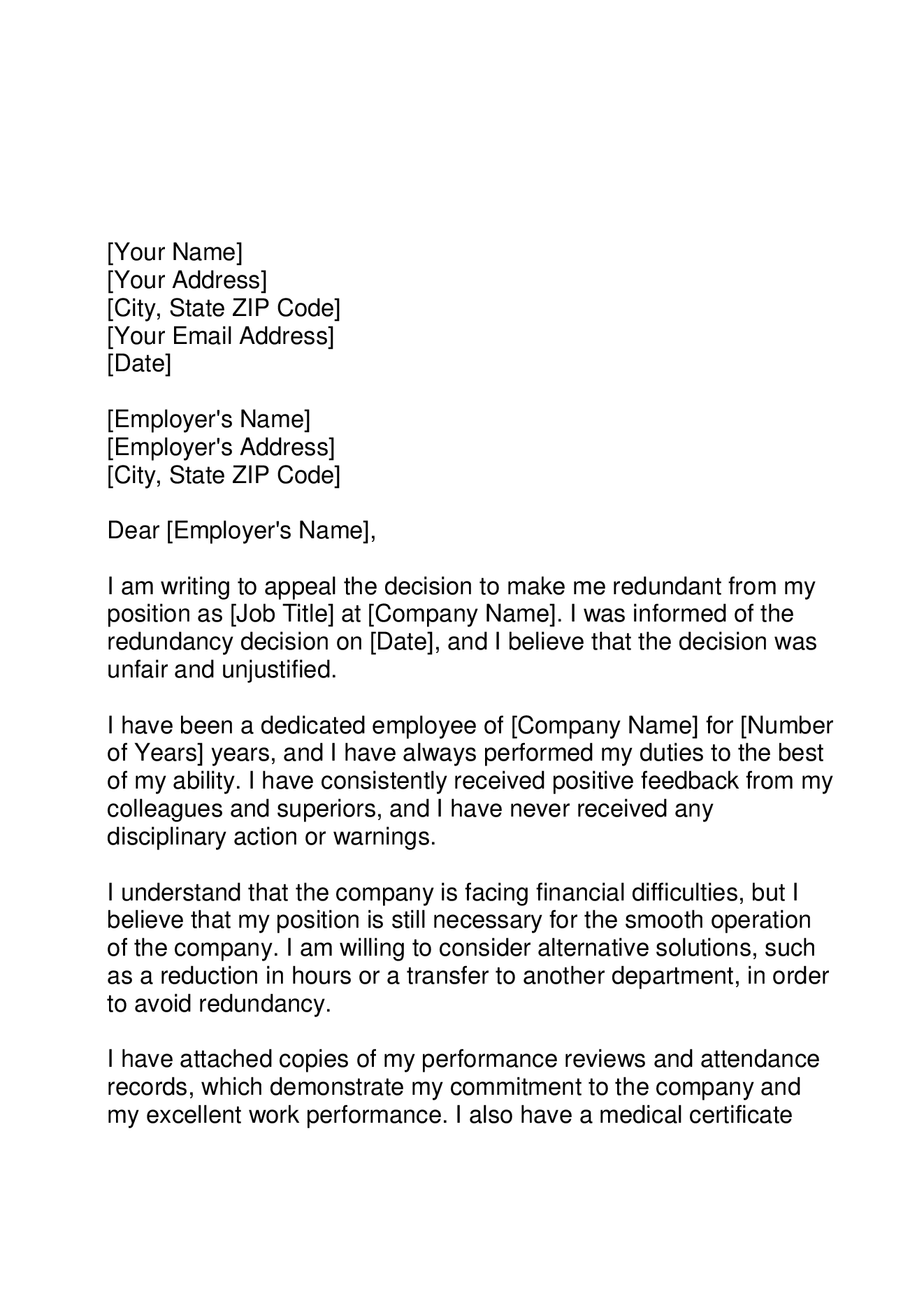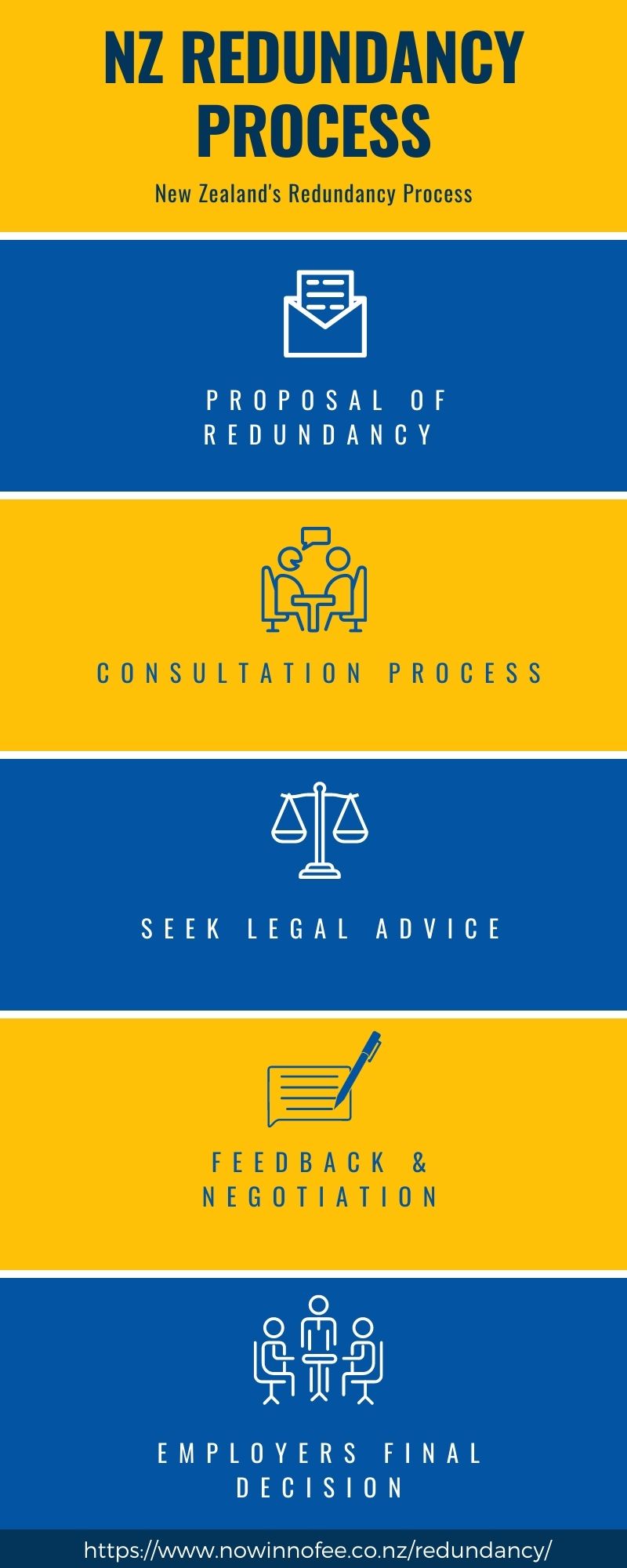Small Business Closing Employee Rights UK: What You Need to Learn About Redundancy
Small Business Closing Employee Rights UK: What You Need to Learn About Redundancy
Blog Article
Examining the Interplay Between Business Redundancy and Business Adaptability for Future Growth
In the dynamic landscape these days's service world, the detailed relationship between company redundancy and business flexibility emerges as an essential factor for continual development and success. Companies usually face the obstacle of striking a fragile balance between preserving a degree of redundancy to reduce threats and cultivating adaptability to react promptly to the ever-evolving market demands. This delicate interplay holds the key to not just enduring in rough times yet additionally flourishing despite unpredictability. As we discover the complex measurements of this interaction, appealing insights right into exactly how companies navigate these complexities to pave the method for future development wait for.
Relevance of Business Redundancy
Business redundancy is a vital component that enhances business resilience and minimizes operational threats. By integrating redundancy procedures within the business structure, firms can better stand up to unanticipated disruptions and fluctuations in the service atmosphere. Redundancy functions as a tactical barrier, allowing business to adapt and react efficiently to unanticipated challenges without compromising necessary operations.
One key aspect of the relevance of company redundancy is its duty in ensuring connection throughout times of crisis. When confronted with unexpected modifications or emergency situations, repetitive systems, sources, or workers can tip in to preserve critical features and avoid prevalent disruptions. This continuity not only safeguards the company's online reputation and client trust fund yet likewise reduces financial losses and operational downtime.

Techniques for Business Versatility

Creating versatile business frameworks that permit for fast adjustments to market characteristics and client requirements is crucial for staying affordable in a swiftly advancing environment. By proactively identifying prospective disruptions and chances, organizations can proactively adapt and grow in an ever-changing company landscape.
Harmonizing Redundancy and Adaptability
Attaining a harmonious equilibrium between operational redundancy and organizational versatility is extremely important in browsing the complexities of a vibrant organization environment. Redundancy within a firm supplies a safeguard, making sure connection and stability in procedures. However, an excess of redundancy can cause inefficiencies and impede flexibility to changing market problems. On the various other hand, business flexibility permits companies to respond without delay to external interruptions and take new opportunities. Striking the ideal balance in between redundancy and flexibility is a fragile procedure that needs a deep understanding of the company's objectives, market characteristics, and risk resistance.
To achieve this balance, companies need to conduct regular assessments of their operations to identify locations where redundancy is essential for threat reduction and where adaptability can drive innovation and development. Implementing flexible frameworks, cultivating a society of constant understanding and improvement, and encouraging open interaction across all levels of the organization are vital strategies to harmonize redundancy and flexibility efficiently. By lining up these 2 crucial elements, companies can position themselves for sustainable growth and success in an ever-changing organization landscape.
Study on Adjustment Success
In examining circumstances of effective business adjustment, it comes to be noticeable that the interaction between functional redundancy and versatility is a defining element in shaping durable organizations. A DVD rental solution, click to investigate Netflix demonstrated exceptional versatility by transitioning into a streaming system when digitalization interrupted the sector. These situation research studies highlight the importance of operational redundancy combined with organizational flexibility in cultivating long-lasting growth and competition.
Structure Durability for Future Development
Building strength for future development needs a calculated placement of operational procedures with market characteristics and arising trends. Firms must adjust to changing atmospheres by cultivating a society of versatility, technology, and continual improvement. Resilience involves not only recuperating from obstacles but additionally proactively getting ready for future difficulties. One vital facet of structure resilience is purchasing durable risk monitoring techniques to minimize possible disruptions. This includes scenario preparation, expanding supply chains, and developing backup plans for different contingencies (who pays redundancy money).
Additionally, fostering solid partnerships with stakeholders, such as customers, employees, suppliers, and the area, is necessary for maintaining and weathering unpredictabilities trust fund and support throughout stormy times. Efficient communication and openness play a crucial role in structure resilience, as they aid align expectations and promote collaboration in navigating uncertainties.
In addition, organizations require to focus on learning and advancement campaigns to upskill employees and equip them with the needed tools to adapt to altering situations. By buying their labor force, business can boost their adaptability and agility, eventually strengthening their resilience for sustainable future development.
Conclusion

In the vibrant landscape of today's business globe, the intricate partnership in between business redundancy and organizational versatility emerges as a crucial variable for sustained development and success. Companies commonly deal with the difficulty of striking a fragile equilibrium between keeping a level of redundancy to mitigate threats and cultivating adaptability to respond promptly to the ever-evolving market demands.To accomplish this balance, firms need to carry out regular analyses of their operations to recognize locations where redundancy is needed for danger reduction and where versatility can drive advancement and growth.In verdict, the interplay in between business redundancy and organizational versatility is crucial for future growth. Structure resilience you could look here via a combination of redundancy and flexibility will make sure that firms are prepared for the obstacles of the future.
Report this page